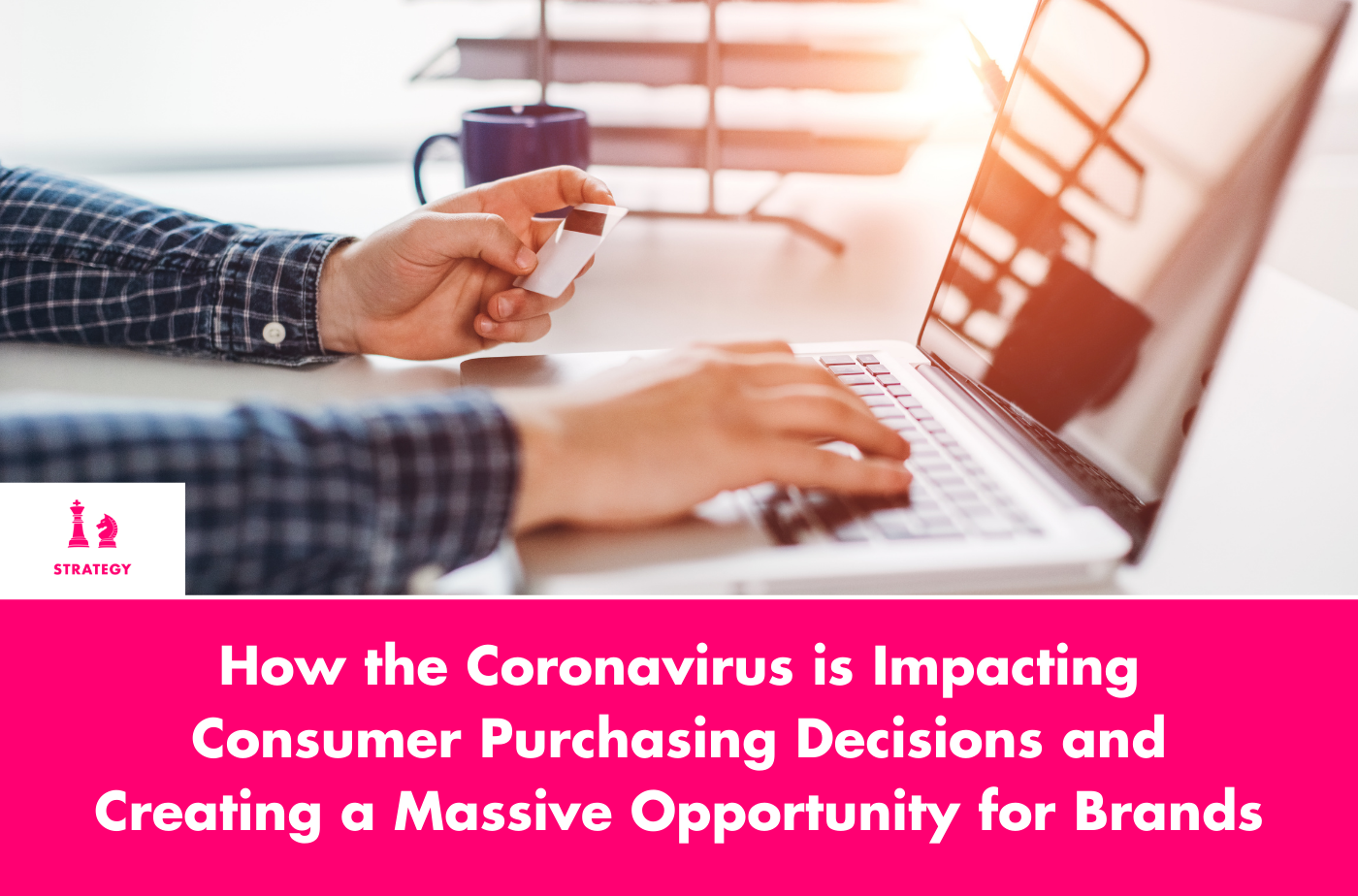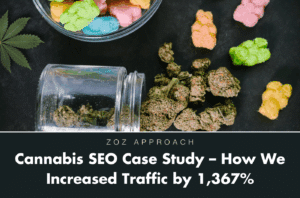It was the best of times, it was the worst of times, it was the age of wisdom, it was the age of foolishness, it was the epoch of belief, it was the epoch of incredulity, it was the season of Light, it was the season of Darkness, it was the spring of hope, it was the winter of despair, we had everything before us, we had nothing before us, we were all going direct to Heaven, we were all going direct the other way – in short, the period was so far like the present period, that some of its noisiest authorities insisted on its being received, for good or for evil, in the superlative degree of comparison only. – Dickens, A Tale of Two Cities
One of the greatest sentences in history. True of the past, and also how the present COVID-19 pandemic is affecting people, communities, nations and the global economy.
It’s also true of the dilemma facing marketers and businesses at this very moment.
Many of us are feeling the negative effects of this pandemic. Sales are down. Budgets are slashed. Forecasts are grim. Supply chains are threatened.
Conversely, others are benefitting. Sales are up. Budgets are steady, if not increasing. Projections are optimistic. Supply chains are working hard to keep up.
There has been smart discussion about maintaining or increasing marketing budgets, much of which is backed by solid evidence and research. Zozimus would like to add to this discussion by exploring how different types of brands should respond based on how people are reacting.
We know businesses and industries have been impacted. But what about consumers? Zozimus commissioned a survey conducted online by The Harris Poll among 1055 adults across the United States to understand how the uncertainty surrounding the COVID-19 pandemic is impacting people’s purchase behavior.
Things are different. For now.
The majority of Americans are prioritizing needs over wants. This is not surprising as many people’s incomes are being decreased or eliminated, and as people retrench to survive the length of the downturn (and likely recession).
57% of consumers are prioritizing needs over wantsWe’re open to new brands because we have to be. Especially “forced” buyers. As we prioritize needs over wants, we become increasingly aware of products and brands we normally do not think about. Panic purchasing of toilet paper is something many people can relate to at the moment.
Only 33% of consumers are purchasing brands they trustIt was initially surprising that many people are not choosing brands they trust during a crisis, but this makes sense when the current context is accounted for. Panic shopping, continuous coverage and competing truths, societal restriction and an overwhelmed delivery system are forcing consumers to scramble to purchase any brand, even if it’s not their preferred one. This creates an interesting set of consumers who are “forced” buyers, rather than traditional light buyers who decide to purchase your brand and product(s). Not only are people incorporating new brands into their lives, they are also becoming open to forming new perceptions of brands.
20% of consumers report being open to forming new perceptions of brandsWhile this is still a small subset of all consumers, it is important that marketers remember the influence that brand communications can have on those who are consciously, and unconsciously, reevaluating their options. Consumers are still watching, even if they’re not buying. One of the most critical learnings to emerge from this survey is focused on what people could be doing even if they are not buying. People may be watching your brand, even if it feels like they aren’t.
- 24% of consumers say they will reward brands that help in this time of uncertainty
- 15% of consumers are focused on what a brand does
- 14% of consumers are focused on what a brand says
BOSTON, MARS



